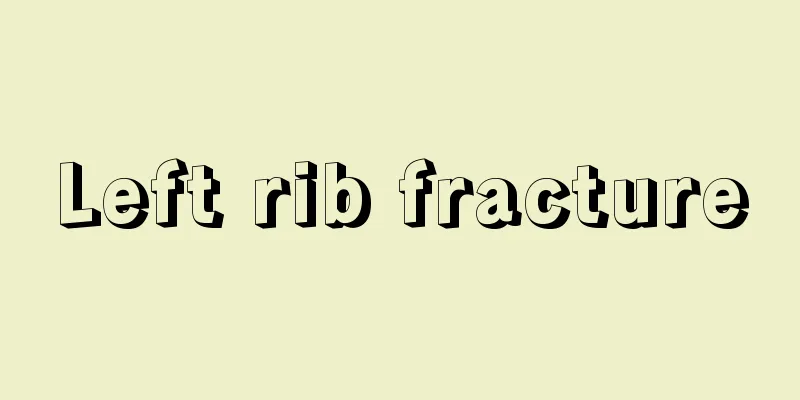What are the main treatments for lung cancer? Detailed description of the most effective treatment for lung cancer

|
At present, the treatment of lung cancer is mainly to remove the cancerous part to the maximum extent and to preserve the original function of the lungs. However, no matter what kind of malignant tumor, comprehensive treatment measures are the main treatment, and the same is true for lung cancer treatment, which can effectively improve the survival rate after surgery. The following is an introduction to the treatment measures for lung cancer: Surgical resection is the most important treatment for early-stage lung cancer. After surgery, about 70% of patients with early-stage lung cancer can survive for a long time. Due to the hidden nature of early-stage lung cancer, only about 20% of patients can receive surgical treatment when diagnosed. Lung cancer patients who have metastatic disease are not suitable for surgery, and patients who are old, have poor physical condition, or have poor heart and lung function should also carefully choose surgical treatment. Lung cancer radiotherapy is the use of various energy rays and irradiation methods to irradiate cancer, in order to suppress and kill cancer cells. It is a relatively effective method for treating local cancer. If there is lung cancer in the lungs, pleura or the whole body, it is not suitable for radiotherapy. Patients with poor physical fitness and older age are also not suitable for radiotherapy. Chemotherapy is a treatment method that uses chemical drugs to kill tumor cells. While chemical drugs kill tumor cells, normal cells will also be greatly killed, which can cause side effects such as hair loss, nausea and vomiting. Chemotherapy is not effective for small cell lung cancer. According to the biological characteristics of small cell lung cancer, chemotherapy should be the first choice. Radiofrequency ablation therapy is one of the minimally invasive treatment technologies for lung cancer that has been promoted and applied clinically in recent years. It uses ablation electrodes to perform percutaneous lung puncture under the guidance of ultrasound or CT, or places radiofrequency electrodes into solid tumor tissues during surgery. Through radiofrequency output, the temperature of the cancerous part reaches above 90°C, and the high temperature is used to kill the tumor tissue. It can be used as a suitable option for early-stage non-small cell lung cancer that cannot be treated surgically. Traditional Chinese medicine has a significant effect on lung cancer, but it is mainly used as an auxiliary treatment. Traditional Chinese medicine treats lung cancer based on syndrome differentiation and treatment. At the same time, it can also regulate the patient's body functions as a whole. If chemotherapy is used, traditional Chinese medicine can also reduce toxic side effects. |
Recommend
How to correct the outward turning of the lower lip
Beautiful lips can always add points to a person&...
Can patients with fibroids exercise?
Can patients with fibroids exercise? Exercise can...
How much does chemotherapy for testicular cancer cost?
Testicular cancer is a type of cancer unique to m...
What should I do if I feel anxious after drinking coffee?
Coffee is a very popular drink, especially in for...
Is melanoma contagious?
When hearing about some malignant diseases, many ...
Can soaking red dates and dandelions in water help dispel cold?
Dandelion is a very common plant nowadays. It has...
What are the treatments for Parkinson's?
Parkinson's disease is a functional brain dis...
How to go through a confused life
Everyone has moments of confusion. It is normal f...
What's the matter with chest tightness and shortness of breath
Many people are very distressed by chest tightnes...
What are the examination measures for bronchospasm
Bronchospasm is a complication caused by many dis...
Is it good to drink water before running?
When people run, a large amount of water in the b...
Can I eat chicken if I have chickenpox
We all know that chickenpox is a disease that req...
Symptoms of neuralgic headache, prevention is effective in this way
Neuralgia is a very common disease. Patients may ...
Taboos for wearing Pixiu lucky beads
In life, many people like to wear Pixiu, because ...
There are many red pimples on the buttocks
If a person has a lot of red pimples on his butto...









